Why we ran it: To see if a plug-in hybrid Mercedes S-Class could be as convincing an ultimate long-distance luxury saloon as its diesel ancestors
Month 6 - Month 5 - Month 4 - Month 3 - Month 2 - Month 1 - Specs
Life with a Mercedes S-Class PHEV: Month 6
Despite the presence of a plug-in hybrid powertrain, it was a true S-Class at heart - 16 November 2022
I concede I was sceptical, borderline cynical about the S-class. Well, this S-class if we’re being picky. If I’d been choosing it myself, I’d have had a diesel-powered S350d in a heartbeat, yes, even at two quid a litre or whatever ransom motorway services are charging this week. But where’d have been the story in that? The whole point of this car was to see if, at this level, a petrol-electric hybrid really is any kind of alternative to the diesels that have ruled the class for long. So the hybrid it was.
It turned up at the end of March and, save for a couple of weeks when it had to go back to base to fulfil some pre-existing commitments, stayed until the end of October, during the course of which I added not quite 12,000 miles to its digital odometer. It’s done all those things S-classes do – roamed around the UK, belted down European motorways and so on – but also a lot of things they tend not to. Of which more in a minute.
When it arrived, the feeling uppermost in my mind was not, you may be surprised to hear, a certain blissful joy at the knowledge of half a year in what I already knew to be the best mass-market luxury car in the world.
It’s a position the S-class has occupied since before I started doing this job in the late 1980s and previous exposure to the current generation suggested nothing was likely to change that now. It was worry. I’ve worked for Autocar since I’ve been in the business but left the staff 26 years ago, and as a freelance contributor, I’ve always paid for my own fuel. So question one was: could I even afford to run the bloody thing?
Happily, I had failed to take at least three points into sufficient consideration. The less important of the two was the fact that the 3-litre straight six motor is remarkably frugal, capable of putting almost 40 miles under the wheels of this heavy but slippery car even with a completely drained battery. The second was just how much electricity it scavenges back from the road. Look down at the rev counter on the gentlest descent and you’ll notice (because you cannot hear) that the engine’s switched itself off and the battery is being charged with energy that would otherwise have been lost to engine braking.

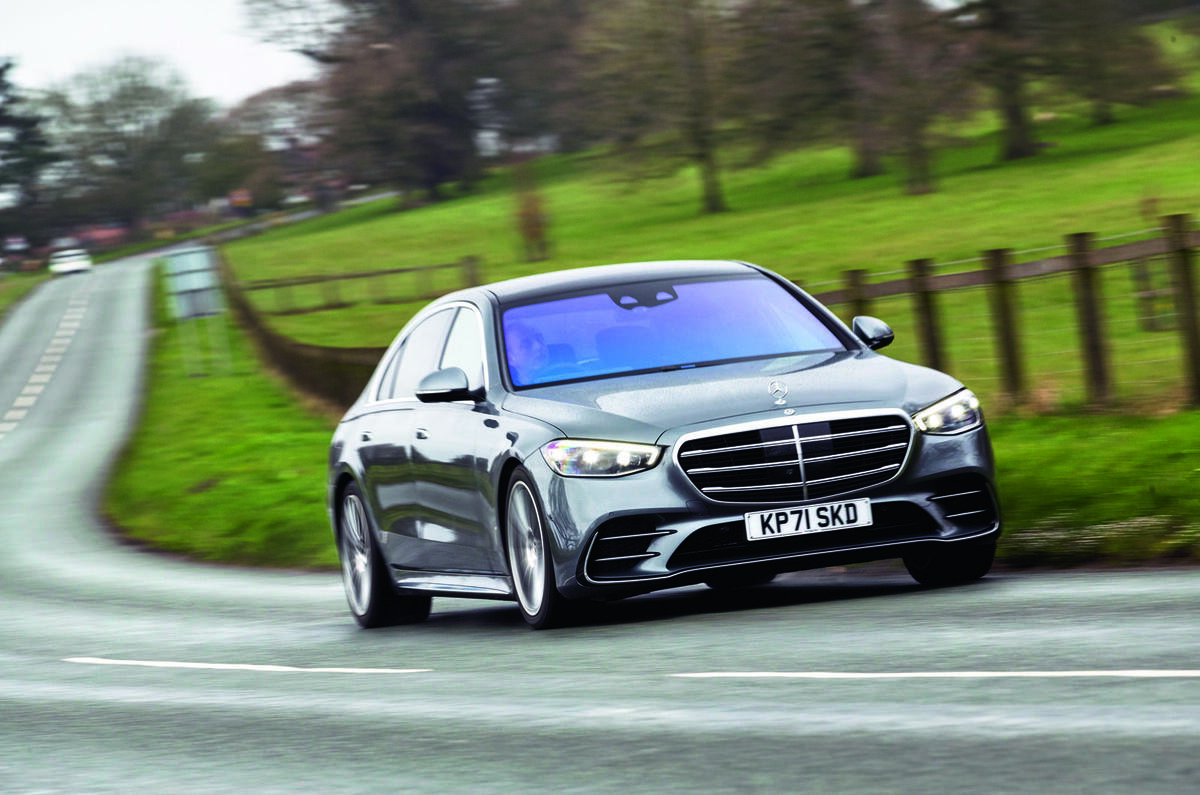
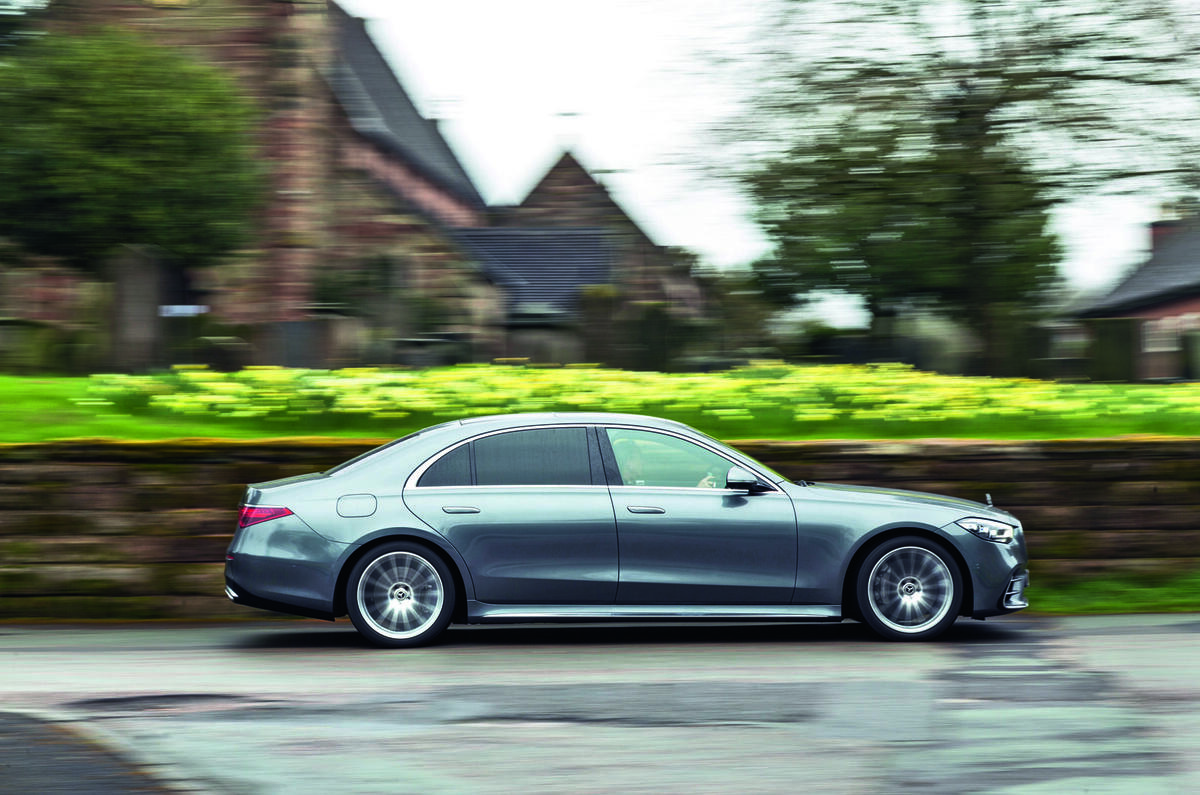

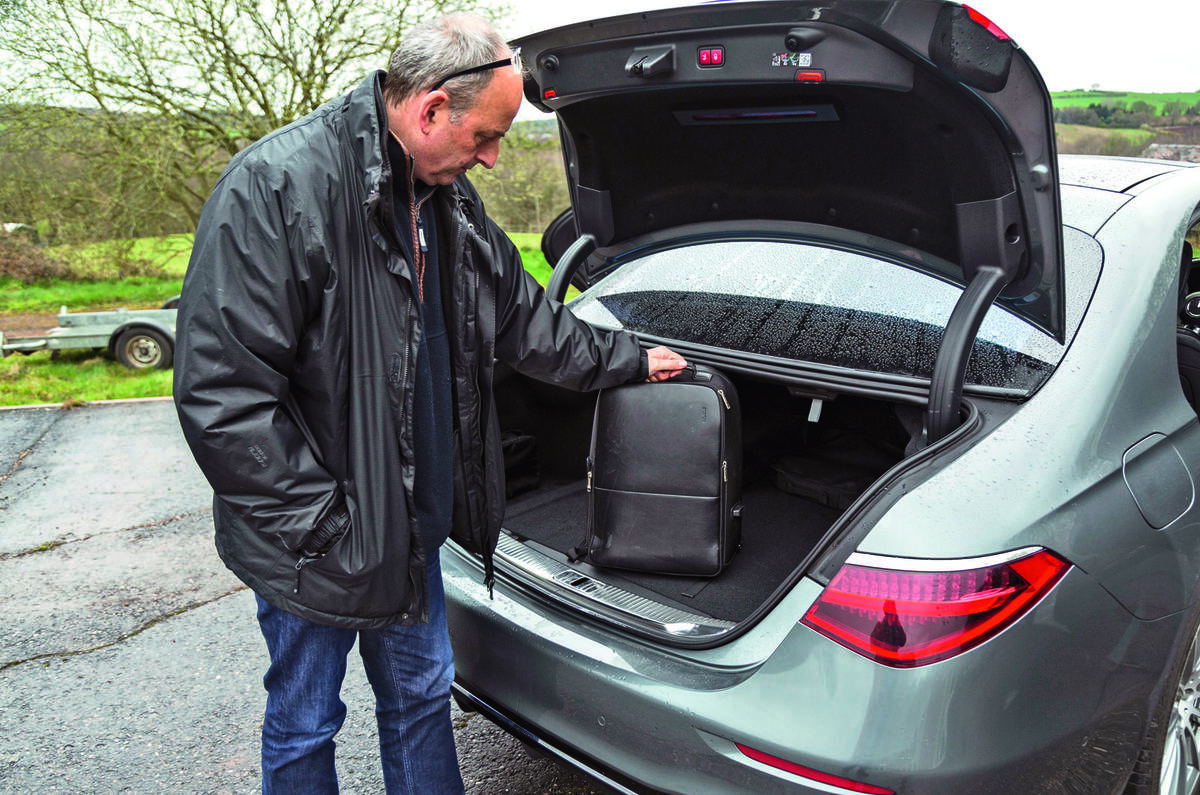
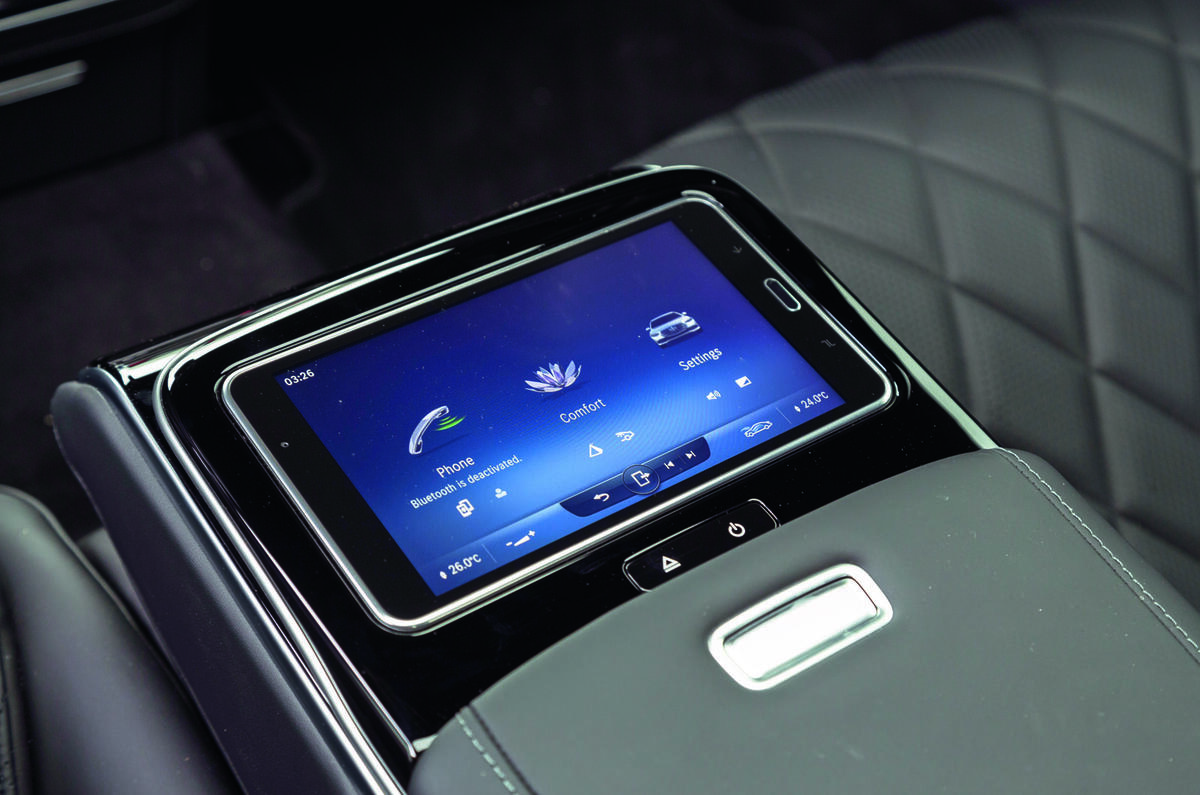






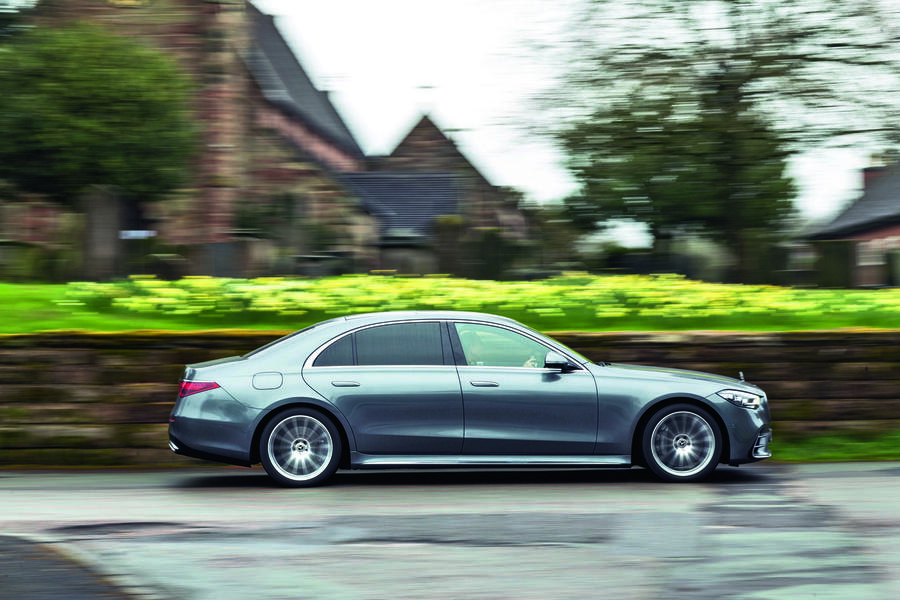
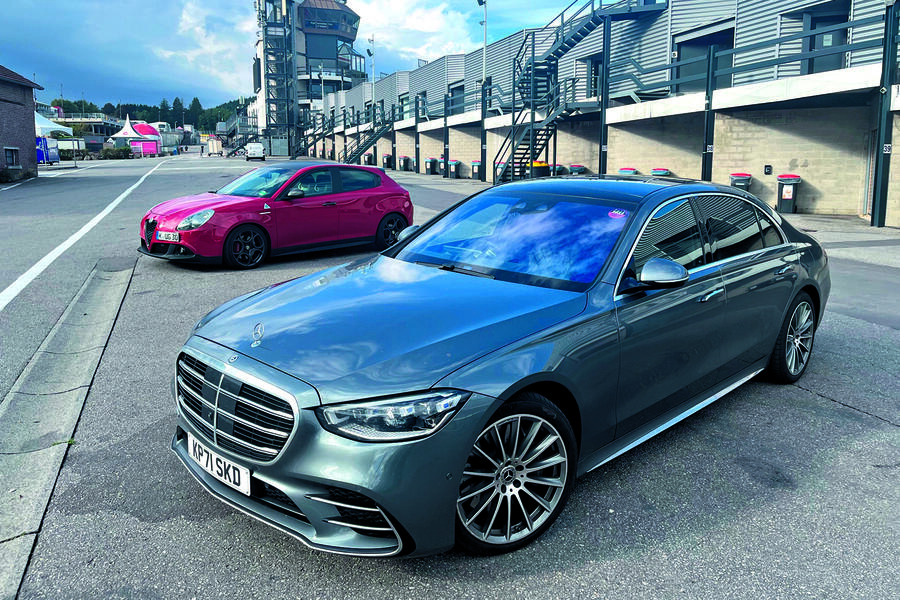
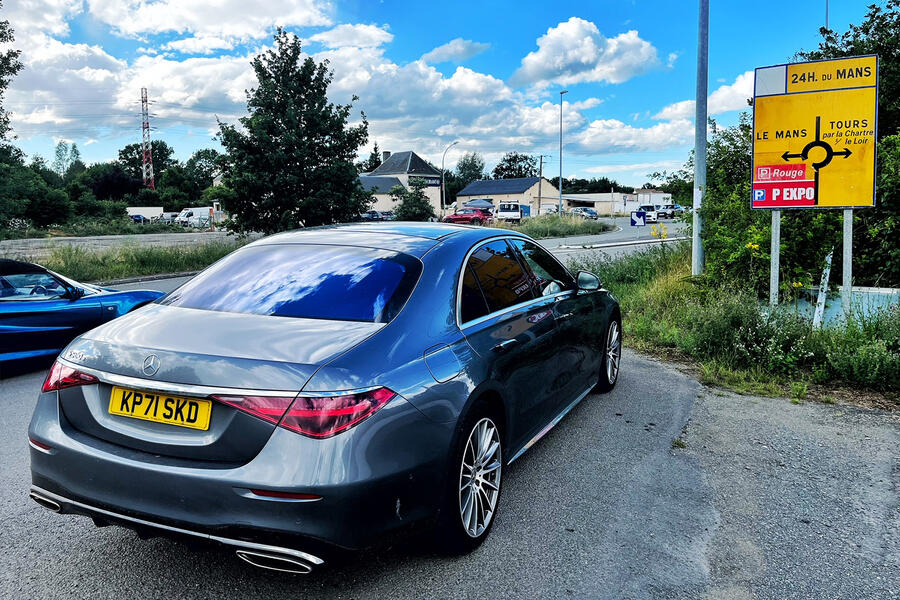

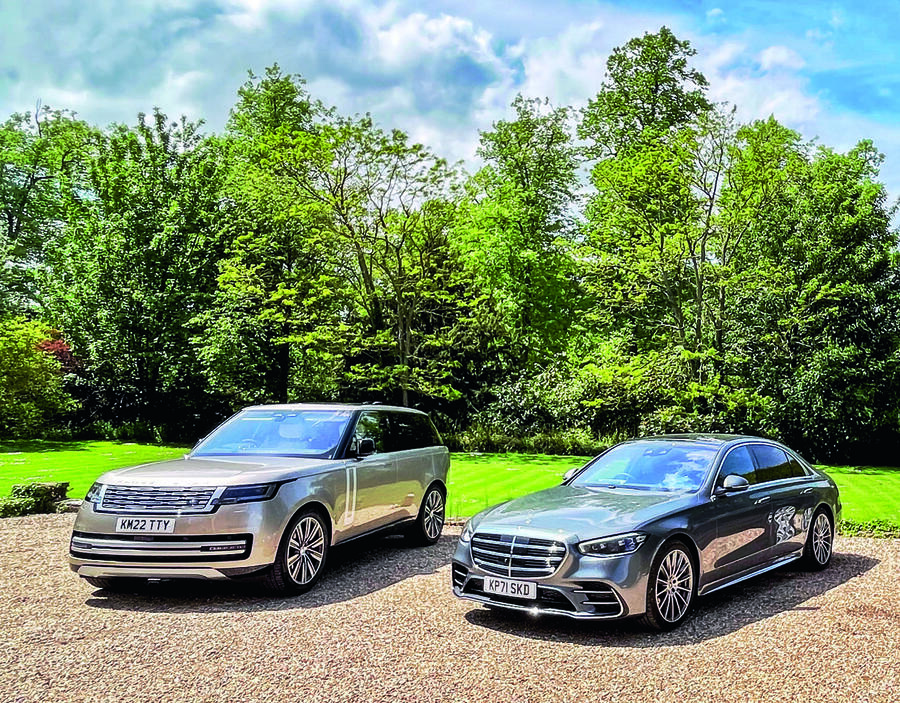
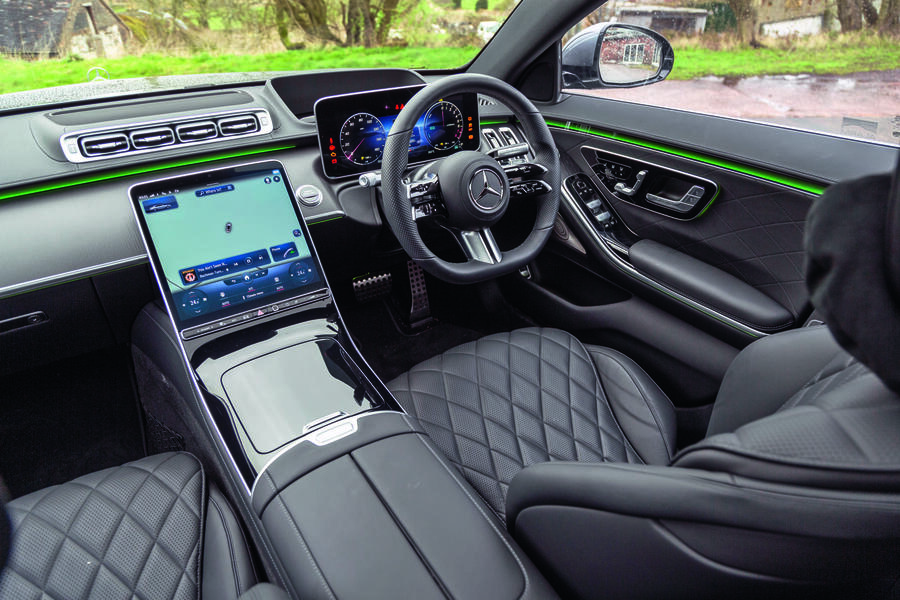
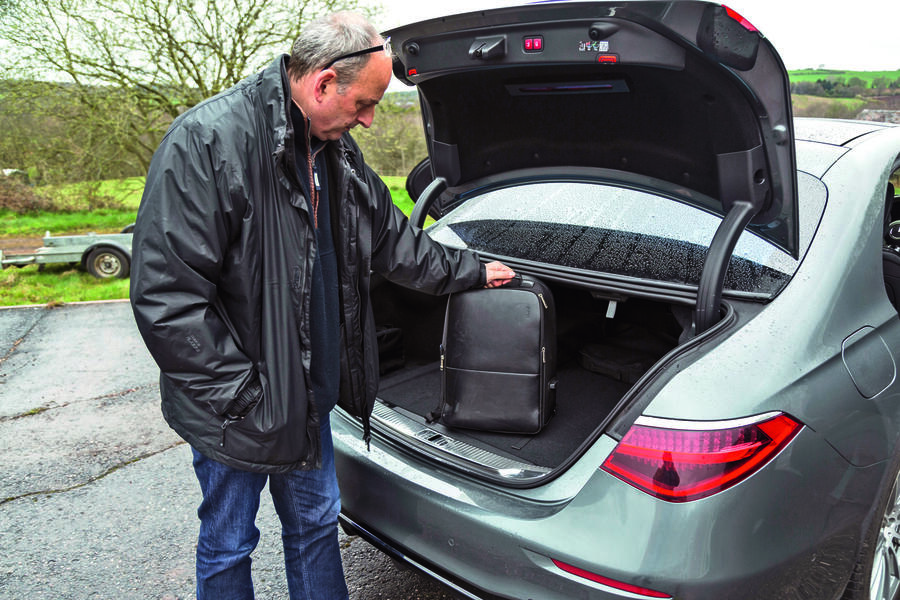

Join the debate
Add your comment
'The less important of the two was the fact that the 3-litre straight six motor is remarkably frugal, capable of putting almost 40 miles under the wheels of this heavy but slippery car even with a completely drained battery'
40 miles of what?
40 miles of travel, distance.... etc what is there not to understand
It's all well and good spurting figures out about the equivalent mpg but unless you include the cost of the electricity this whole long term review of a £114k tax dodger PHEV is a pointless excercise.
Oh and 29kwhs needed for 60 miles in a saloon is really poor.
The question about the app having all sorts of information available that people dont use is answered that the car company uses it.
Sometimes getting features that 'surprise and delight' users is just a smokescreen for the raw data ending up in the car companies digital archives
Mercedes along with other car makers is harvesting all the data about how their customers use the vehicle and where they go. The app interface on your phone means they could track your movements when not in the car as well from the apps acess to your phones own features.